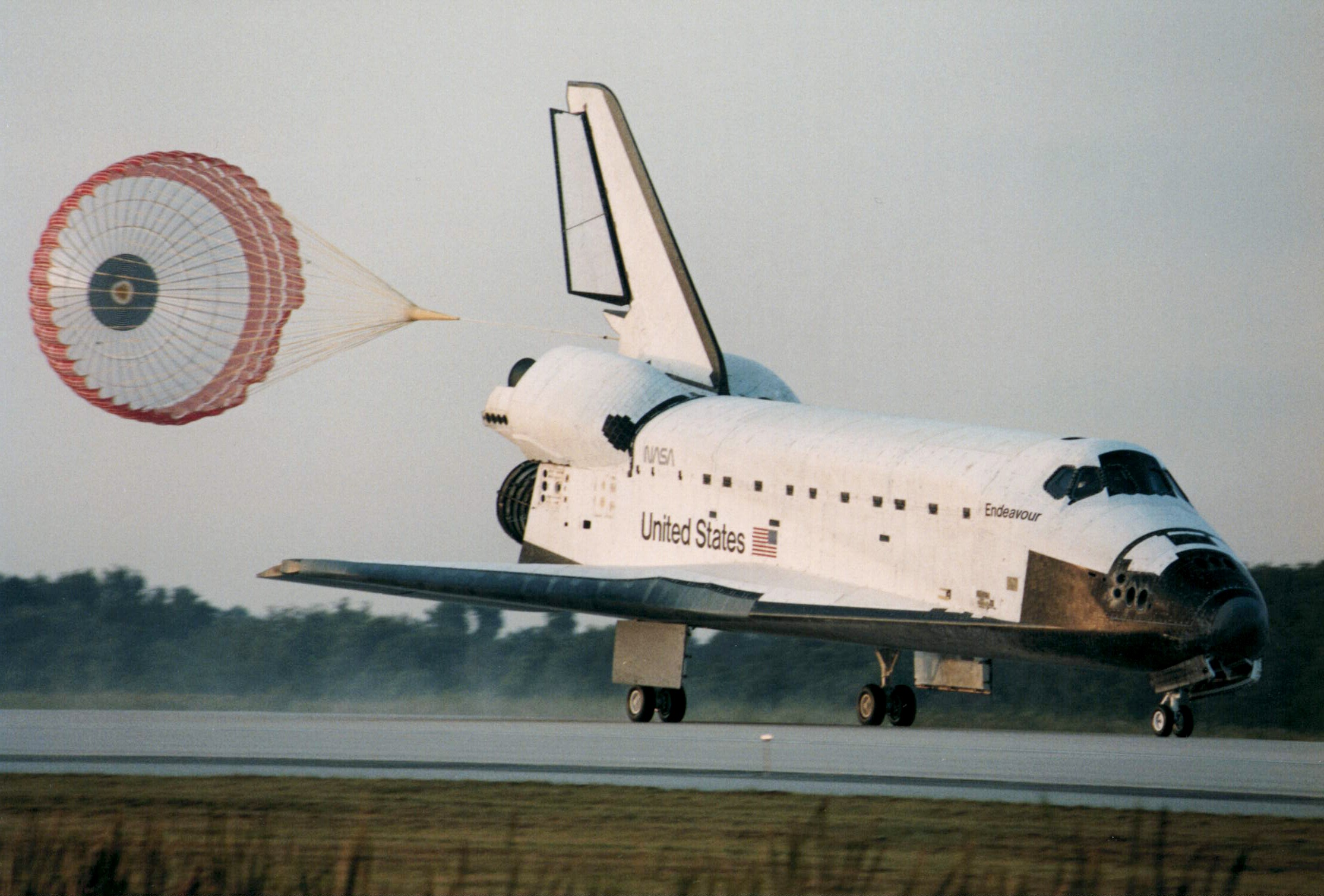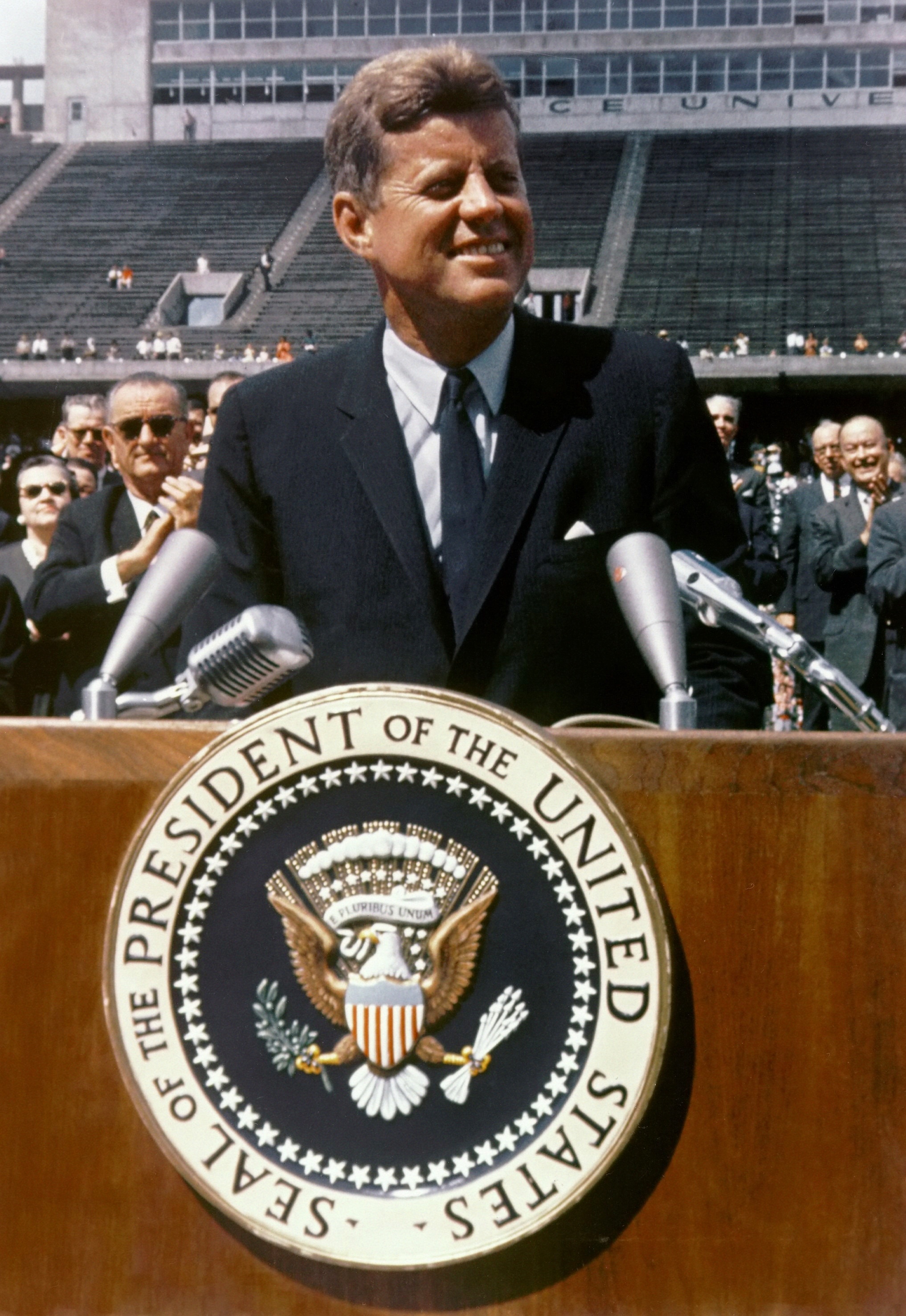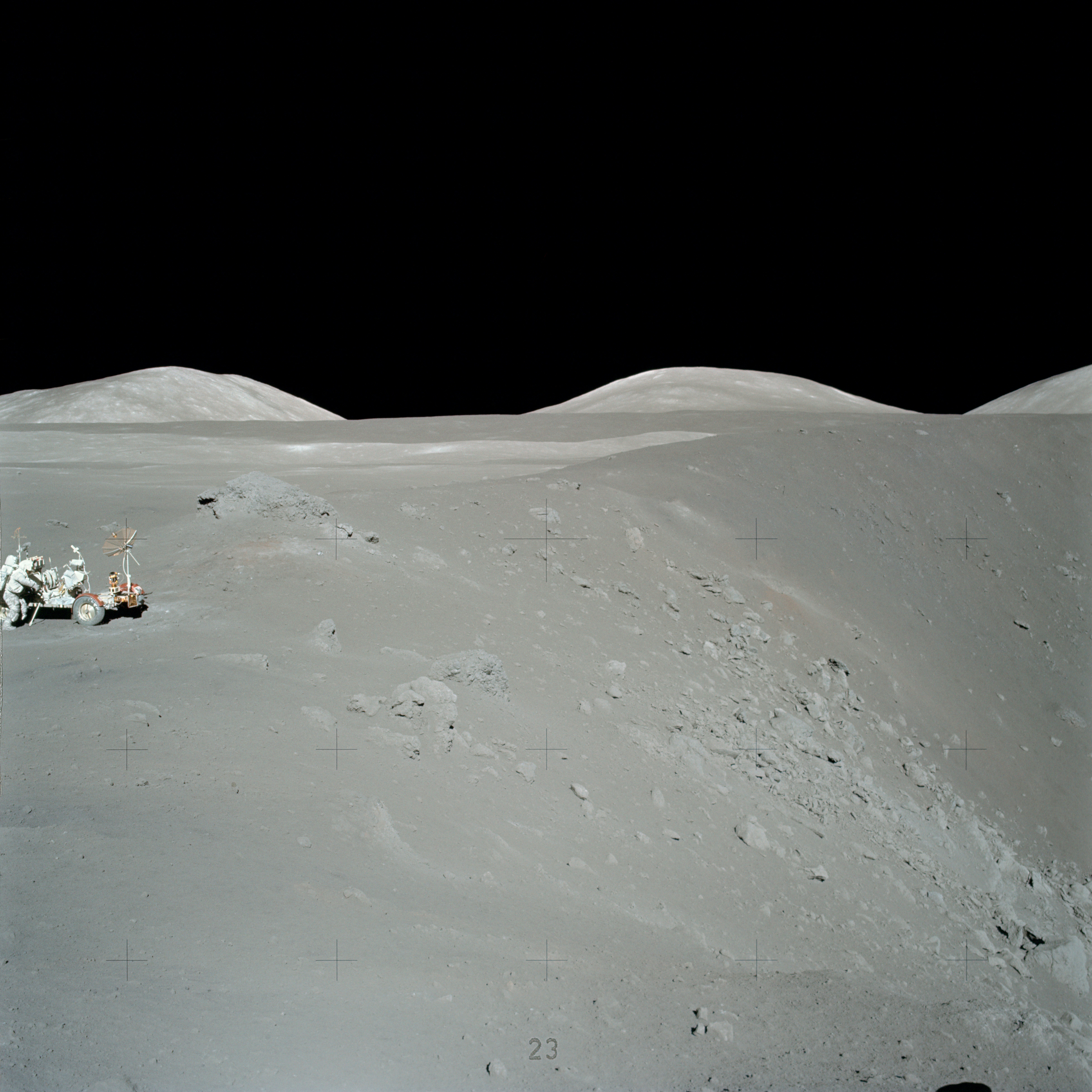|
Luna E-8-5 No.402
Luna E-8-5 No.402, also known as Luna Ye-8-5 No.402, and sometimes identified by NASA as Luna 1969C, was a Soviet Union, Soviet spacecraft under Luna programme which was lost in a launch failure in 1969. It was a Luna E-8-5 spacecraft, the first of at least eleven to be launched. It was intended to perform a soft landing (rocketry), soft landing on the Moon, collect a sample of lunar soil, and Sample return mission, return it to the Earth. It was, along with Luna 15, one of two unsuccessful missions which had been launched by the Soviet Union in a last-ditch attempt to upstage the Apollo 11 landing under Moon race. Luna E-8-5 No.402 was launched at 04:00:07 UTC on 14 June 1969 atop a Proton-K 8K78K carrier rocket with a Blok D upper stage, flying from Baikonur Cosmodrome Site 81, Site 81/24 at the Baikonur Cosmodrome. The upper stage failed to ignite, and consequently the spacecraft failed to achieve orbit. Prior to the release of information about its mission, NASA correctly ident ... [...More Info...] [...Related Items...] OR: [Wikipedia] [Google] [Baidu] |
Soft Landing (rocketry)
A soft landing is any type of aircraft, rocket or spacecraft landing that does not result in significant damage to or destruction of the vehicle or its payload, as opposed to a hard landing. The average vertical speed in a soft landing should be about per second or less. A soft landing can be achieved by * Parachute—often this is into water. * Vertical rocket power using retrorockets, often referred to as VTVL (vertical landing referred to as VTOL, is usually for aircraft landing in a level attitude, rather than rockets) — first achieved on a suborbital trajectory by Bell Rocket Belt and on an orbital trajectory by the Surveyor 1. * Horizontal landing, most aircraft and some spacecraft, such as the Space Shuttle, land this way. * Being caught in midair, as done with Corona spy satellites and followed by some other form of landing Landing is the last part of a flight, where a flying animal, aircraft, or spacecraft returns to the ground. When the flying objec ... [...More Info...] [...Related Items...] OR: [Wikipedia] [Google] [Baidu] |
Missions To The Moon
As part of human exploration of the Moon, numerous space missions have been undertaken to study Earth's natural satellite. Of the Moon landings, Luna 2 of the Soviet Union was the first spacecraft to reach its surface successfully, intentionally impacting the Moon on 13 September 1959. In 1966, Luna 9 became the first spacecraft to achieve a controlled soft landing, while Luna 10 became the first mission to enter orbit. Between 1968 and 1972, crewed missions to the Moon were conducted by the United States as part of the Apollo program. Apollo 8 was the first crewed mission to enter orbit in December 1968, and it was followed by Apollo 10 in May 1969. Six missions landed humans on the Moon, beginning with Apollo 11 in July 1969, during which Neil Armstrong became the first person to walk on the Moon. Apollo 13 was intended to land; however, it was restricted to a flyby due to a malfunction aboard the spacecraft. All nine crewed missions returned safely to the Earth. While the ... [...More Info...] [...Related Items...] OR: [Wikipedia] [Google] [Baidu] |
Sample Return Missions
Sample or samples may refer to: Base meaning * Sample (statistics), a subset of a population – complete data set * Sample (signal), a digital discrete sample of a continuous analog signal * Sample (material), a specimen or small quantity of something * Sample (graphics), an intersection of a color channel and a pixel * SAMPLE history, a mnemonic acronym for questions medical first responders should ask * Product sample, a sample of a consumer product that is given to the consumer so that he or she may try a product before committing to a purchase * Standard cross-cultural sample, a sample of 186 cultures, used by scholars engaged in cross-cultural studies People *Sample (surname) *Samples (surname) * Junior Samples (1926–1983), American comedian Places * Sample, Kentucky, unincorporated community, United States * Sampleville, Ohio, unincorporated community, United States * Hugh W. and Sarah Sample House, listed on the National Register of Historic Places in Iowa, United ... [...More Info...] [...Related Items...] OR: [Wikipedia] [Google] [Baidu] |
Carrier Rocket
A launch vehicle or carrier rocket is a rocket designed to carry a payload (spacecraft or satellites) from the Earth's surface to outer space. Most launch vehicles operate from a launch pad, launch pads, supported by a missile launch control center, launch control center and systems such as vehicle assembly and fueling. Launch vehicles are engineered with advanced aerodynamics and technologies, which contribute to large operating costs. An orbital spaceflight, orbital launch vehicle must lift its payload at least to the boundary of space, approximately and accelerate it to a horizontal velocity of at least . Suborbital spaceflight, Suborbital vehicles launch their payloads to lower velocity or are launched at elevation angles greater than horizontal. Practical orbital launch vehicles are multistage rockets which use chemical propellants such as Solid-propellant rocket, solid fuel, liquid hydrogen, kerosene, liquid oxygen, or Hypergolic propellants. Launch vehicles are cla ... [...More Info...] [...Related Items...] OR: [Wikipedia] [Google] [Baidu] |
Moon Race
The Space Race was a 20th-century competition between two Cold War rivals, the United States and the Soviet Union, to achieve superior spaceflight capability. It had its origins in the ballistic missile-based nuclear arms race between the two nations following World War II. The technological advantage demonstrated by spaceflight achievement was seen as necessary for national security, and became part of the symbolism and ideology of the time. The Space Race brought pioneering launches of artificial satellites, robotic space probes to the Moon, Venus, and Mars, and human spaceflight in low Earth orbit and ultimately to the Moon. Public interest in space travel originated in the 1951 publication of a Soviet youth magazine and was promptly picked up by US magazines. The competition began on July 30, 1955 when the United States announced its intent to launch artificial satellites for the International Geophysical Year. Four days later, the Soviet Union responded by declaring ... [...More Info...] [...Related Items...] OR: [Wikipedia] [Google] [Baidu] |
Apollo 11
Apollo 11 (July 16–24, 1969) was the American spaceflight that first landed humans on the Moon. Commander Neil Armstrong and lunar module pilot Buzz Aldrin landed the Apollo Lunar Module ''Eagle'' on July 20, 1969, at 20:17 UTC, and Armstrong became the first person to step onto the Moon's surface six hours and 39 minutes later, on July 21 at 02:56 UTC. Aldrin joined him 19 minutes later, and they spent about two and a quarter hours together exploring the site they had named Tranquility Base upon landing. Armstrong and Aldrin collected of lunar material to bring back to Earth as pilot Michael Collins flew the Command Module ''Columbia'' in lunar orbit, and were on the Moon's surface for 21 hours, 36 minutes before lifting off to rejoin ''Columbia''. Apollo 11 was launched by a Saturn V rocket from Kennedy Space Center on Merritt Island, Florida, on July 16 at 13:32 UTC, and it was the fifth crewed mission of NASA's Apollo program. The Apollo spacecraft had three ... [...More Info...] [...Related Items...] OR: [Wikipedia] [Google] [Baidu] |
Luna 15
Luna 15 was a robotic space mission of the Soviet Luna programme, that crashed into the Moon on 21 July 1969. On 21 July 1969, while Apollo 11 astronauts finished the first human moonwalk, Luna 15, a robotic Soviet spacecraft in lunar orbit at the time, began its descent to the lunar surface. Launched three days before the Apollo 11 mission, it was the second Soviet attempt to return lunar soil back to Earth with a goal to outstrip the US in achieving a sample return in the Moon race. The previous mission, designated E-8-5-402, launched 14 June 1969, did not achieve Earth orbit because the third stage of its launch vehicle failed to ignite. The Luna 15 lander crashed into the Moon at 15:50 UT, hours before the scheduled American lift off from the Moon. Mission Luna 15 was capable of studying circumlunar space, the lunar gravitational field, and the chemical composition of lunar rocks. It was also capable of providing lunar surface photography. Luna 15 was placed in an intermedia ... [...More Info...] [...Related Items...] OR: [Wikipedia] [Google] [Baidu] |
Sample Return Mission
A sample-return mission is a spacecraft mission to collect and return samples from an extraterrestrial location to Earth for analysis. Sample-return missions may bring back merely atoms and molecules or a deposit of complex compounds such as loose material and rocks. These samples may be obtained in a number of ways, such as soil and rock excavation or a collector array used for capturing particles of solar wind or cometary debris. Nonetheless, concerns have been raised that the return of such samples to planet Earth may endanger Earth itself. To date, samples of Moon rock Moon rock or lunar rock is rock originating from Earth's Moon. This includes lunar material collected during the course of human exploration of the Moon, and rock that has been ejected naturally from the Moon's surface and landed on Earth as ... from Earth's Moon have been collected by robotic and crewed missions, the comet Wild 2 and the asteroids 25143 Itokawa and 162173 Ryugu have been visited by ro ... [...More Info...] [...Related Items...] OR: [Wikipedia] [Google] [Baidu] |
Lunar Soil
Lunar soil is the fine fraction of the regolith found on the surface of the Moon. Its properties can differ significantly from those of terrestrial soil. The physical properties of lunar soil are primarily the result of mechanical disintegration of basaltic and anorthositic rock, caused by continual meteoric impacts and bombardment by solar and interstellar charged atomic particles over billions of years. The process is largely one of mechanical weathering in which the particles are ground to progressively finer size over time. This situation contrasts fundamentally to terrestrial dirt formation, mediated by the presence of molecular oxygen (O2), humidity, atmospheric wind, and a robust array of contributing biological processes. ''Lunar soil'' typically refers to only the finer fraction of lunar regolith, which is composed of grains 1 cm in diameter or less, but is often used interchangeably. Lunar dust generally connotes even finer materials than ''lunar soil''. There is ... [...More Info...] [...Related Items...] OR: [Wikipedia] [Google] [Baidu] |
Moon
The Moon is Earth's only natural satellite. It is the fifth largest satellite in the Solar System and the largest and most massive relative to its parent planet, with a diameter about one-quarter that of Earth (comparable to the width of Australia). The Moon is a planetary-mass object with a differentiated rocky body, making it a satellite planet under the geophysical definitions of the term and larger than all known dwarf planets of the Solar System. It lacks any significant atmosphere, hydrosphere, or magnetic field. Its surface gravity is about one-sixth of Earth's at , with Jupiter's moon Io being the only satellite in the Solar System known to have a higher surface gravity and density. The Moon orbits Earth at an average distance of , or about 30 times Earth's diameter. Its gravitational influence is the main driver of Earth's tides and very slowly lengthens Earth's day. The Moon's orbit around Earth has a sidereal period of 27.3 days. During each synodic period ... [...More Info...] [...Related Items...] OR: [Wikipedia] [Google] [Baidu] |
Encyclopedia Astronautica
The ''Encyclopedia Astronautica'' is a reference web site on space travel. A comprehensive catalog of vehicles, technology, astronauts, and flights, it includes information from most countries that have had an active rocket research program, from Robert Goddard to the NASA Space Shuttle and the Soviet Buran programme. Founded in 1994 and maintained for most of its existence by space enthusiast and author Mark Wade. He has been collecting such information for most of his life. Between 1996 and 2000 the site was hosted by ''Friends and Partners in Space''. The site is no longer updated or maintained and is now considered as partially unreliable. Although it contains a great deal of information, not all of it is correct. Reception and accolades The American Astronautical Society gave the site the Ordway Award for Sustained Excellence in Spaceflight History which "recognizes exceptional, sustained efforts to inform and educate on spaceflight and its history through one or more med ... [...More Info...] [...Related Items...] OR: [Wikipedia] [Google] [Baidu] |

.jpg)




